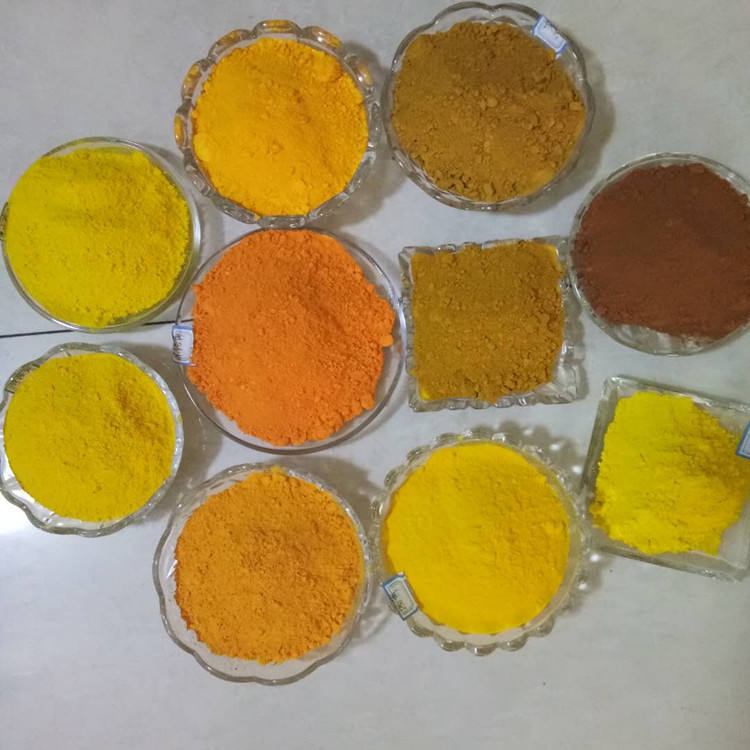
Nov . 19, 2024 18:49 Back to list
titanium dioxide producers suppliers
Titanium Dioxide Producers and Suppliers A Comprehensive Overview
Titanium dioxide (TiO2) is a highly versatile material with a wide range of applications across various industries, including paints, coatings, plastics, cosmetics, paper, and food packaging. Its excellent opacity, brightness, and UV resistance make it a sought-after pigment in many products. This article explores the landscape of titanium dioxide producers and suppliers, highlighting key players, technological advancements, and market trends that shape this industry.
The Global Titanium Dioxide Market
The titanium dioxide market has seen significant growth in recent years, driven by increasing demand from end-user industries. According to recent market research, the global TiO2 market size was valued at over $15 billion in 2022 and is expected to grow at a compound annual growth rate (CAGR) of around 4% through the next few years. This growth can be attributed to the rising demand for high-quality pigment in paints and coatings, particularly in emerging economies.
Key Producers of Titanium Dioxide
1. Chemours Company Chemours is one of the largest producers of titanium dioxide globally. With its flagship product, Ti-Pure, Chemours has established a strong presence in the market. The company's innovative approach and commitment to sustainable practices have helped it maintain its competitive edge. Chemours sources its TiO2 from both sulfate and chloride processes, making its production versatile and adaptable to market demands.
2. Tronox Holdings plc Tronox is another major player in the titanium dioxide industry. The company operates multiple production facilities around the world, including in Australia, the United States, and South Africa. Tronox specializes in both the chloride and sulfate processes, allowing it to cater to a diverse customer base. Its commitment to sustainability and recycling initiatives is noteworthy, particularly in a world increasingly focused on environmental responsibility.
3. Venator Materials plc Venator is known for its extensive portfolio of titanium dioxide products. The company emphasizes innovation and quality, making it a key supplier in several markets, including automotive, architecture, and consumer goods. Venator’s investments in research and development enable it to offer specialized TiO2 solutions tailored to specific industry needs.
4. Lomon Billions Group Based in China, Lomon Billions has emerged as a significant global supplier of titanium dioxide. The company utilizes modern production techniques and has expanded its capacity to meet increasing demand both domestically and internationally. Its strategic focus on quality control and customer satisfaction has helped it grow into a reputable name in the industry.
titanium dioxide producers suppliers

Suppliers and Distribution
Beyond the major producers, there exists a network of suppliers and distributors that play a crucial role in the titanium dioxide supply chain. These suppliers specialize in delivering TiO2 to manufacturers across various sectors. Many of them forge partnerships with producers to ensure a steady supply of quality material while also offering logistical support.
In addition to traditional distribution channels, e-commerce platforms are increasingly becoming viable options for smaller companies and enterprises looking to procure titanium dioxide. These digital solutions enable enhanced access to suppliers, competitive pricing, and efficient order processing.
Technological Advancements and Sustainability
Innovation continues to drive the titanium dioxide sector, with numerous advancements in production technologies aimed at enhancing efficiency and reducing environmental impact. For instance, the chloride process for producing TiO2 is more environmentally friendly than the sulfate process, generating less waste and consuming less energy. As sustainability becomes a focal point for many industries, titanium dioxide producers are investing in cleaner production technologies and recycling methods to meet regulatory standards and consumer demands.
Future Trends
The future of the titanium dioxide market appears promising, with steady growth anticipated in the coming years. The push for sustainable products, coupled with technological advancements in production and applications, will likely define market dynamics. Additionally, the development of new applications, particularly in renewable energy (like solar cells) and advanced materials, may open new avenues for titanium dioxide producers and suppliers.
Conclusion
In conclusion, the titanium dioxide industry is characterized by a diverse range of producers and suppliers, each contributing to the complex supply chain that fuels various sectors. With growing demand, technological advancements, and a shift towards sustainability, the future of titanium dioxide appears bright. Companies that can adapt to market changes and innovate will undoubtedly thrive in this evolving landscape. As consumers become more conscious of their choices, the importance of responsible sourcing and environmental stewardship will continue to shape the direction of the titanium dioxide market.
-
Premium 6618 Titanium Dioxide for GPT-4 Turbo Applications
NewsJul.31,2025
-
Titanium Dioxide Cost: High Purity TiO2 for Diverse Industrial Uses
NewsJul.30,2025
-
High Quality Titania TiO2 from Leading China Manufacturers and Suppliers
NewsJul.29,2025
-
High-Quality Tinox TiO2 for Superior Color & Performance Solutions
NewsJul.29,2025
-
High Quality Titania TiO2 from Leading China Supplier & Manufacturer
NewsJul.29,2025
-
High-Performance r6618 TiO2 for Superior Whitening and Versatility
NewsJul.28,2025
